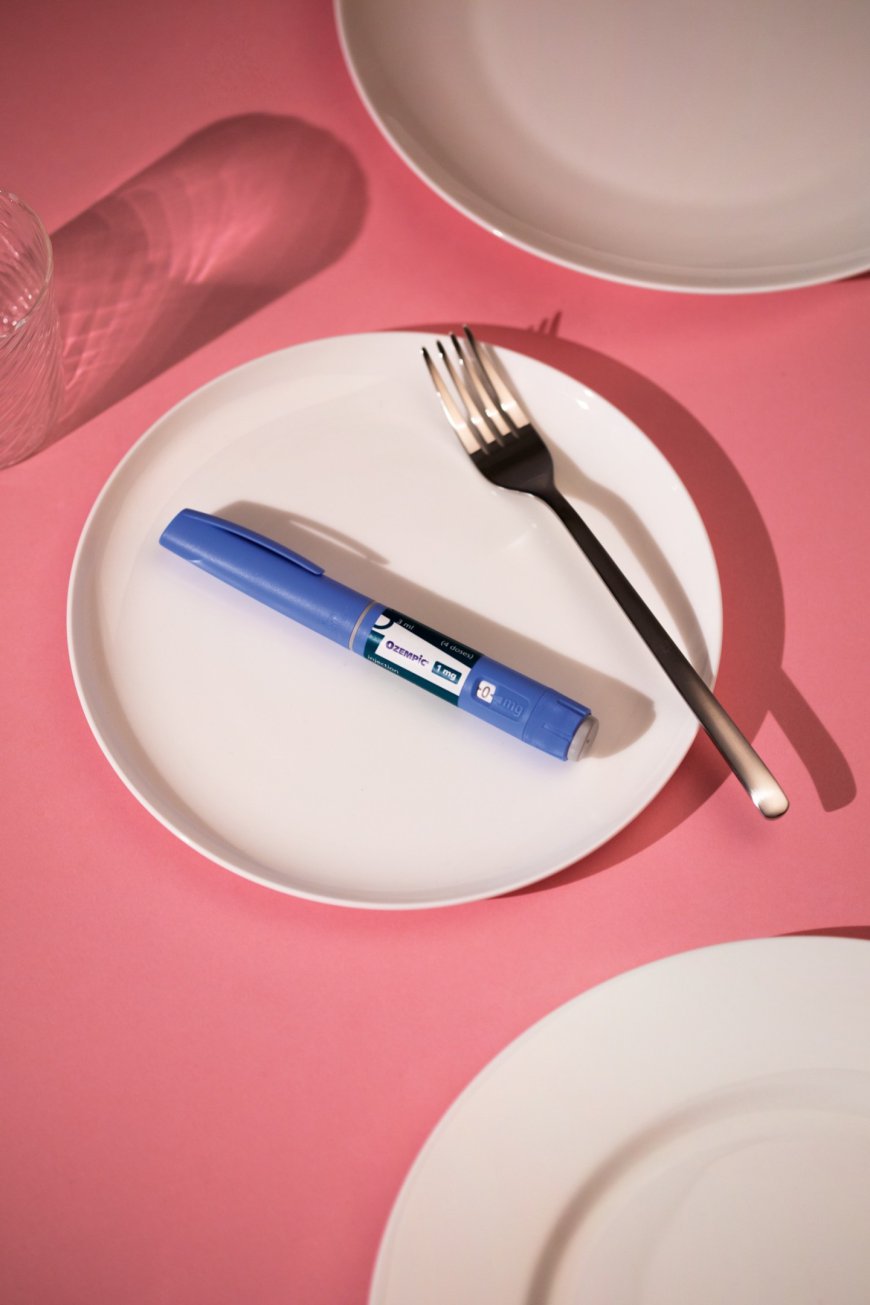Unveiling Ozempic Injection: What to Expect
Are you considering Ozempic injection in Dubai for Type 2 Diabetes or weight loss? Learn about costs, clinics, benefits, and if Ozempic suits you.

Ozempic is a medication that has garnered significant attention in recent years for its role in managing type 2 diabetes. It’s part of a class of drugs known as GLP-1 receptor agonists, which are designed to help regulate blood sugar levels in patients with diabetes. This injectable medication is notable for its effectiveness and convenience, making it a popular choice among healthcare providers and patients alike. In this article, we will delve into what you can expect from Ozempic injections, from their administration to potential side effects.
What is Ozempic?
Ozempic Injection in Dubai, or semaglutide, is a prescription medication used primarily to treat type 2 diabetes. It works by mimicking the effects of a hormone called GLP-1 (glucagon-like peptide-1) that helps regulate blood sugar levels. This hormone is naturally produced in the intestines and helps to increase insulin production, decrease glucose production in the liver, and slow down gastric emptying. By mimicking GLP-1, Ozempic helps to lower blood sugar levels in a controlled manner.
The Ozempic injection is typically administered once a week, making it a convenient option compared to other diabetes treatments that may require daily dosing. The medication is delivered via a pre-filled pen, which simplifies the process and ensures accuracy in dosage.
How to Use Ozempic
Using Ozempic involves several straightforward steps. The medication comes in a pre-filled pen, which needs to be prepared before each injection. Here’s a general overview of how to use it:
-
Preparation: Begin by washing your hands thoroughly. Remove the pen from the refrigerator, and let it come to room temperature for about 30 minutes. This helps reduce any discomfort during injection.
-
Attachment of Needle: Attach a new needle to the pen, ensuring it’s securely fastened. Remove the outer and inner needle caps carefully.
-
Priming the Pen: Before your first injection, you need to prime the pen to ensure it’s working properly. Turn the dose selector to 0.25 mg, and press the injection button until you see a drop of medication at the needle tip.
-
Setting the Dose: Turn the dose selector to the prescribed dose, which will be determined by your healthcare provider. Ozempic is commonly started at a lower dose, such as 0.25 mg, and then increased based on your needs.
-
Injecting the Medication: Choose an injection site, which can be the abdomen, thigh, or upper arm. Clean the area with an alcohol swab and pinch the skin. Insert the needle at a 90-degree angle and press the injection button. Hold the needle in place for a few seconds to ensure the full dose is administered.
-
Post-Injection Care: After the injection, dispose of the needle safely in a sharps container. Store the pen according to the instructions, usually in the refrigerator.
What to Expect
When starting Ozempic, patients may experience a range of effects as their body adjusts to the medication. These can include:
-
Initial Side Effects: Some common side effects when starting Ozempic include nausea, vomiting, or diarrhea. These symptoms are generally mild and tend to diminish as your body becomes accustomed to the medication. It’s important to communicate any persistent or severe symptoms to your healthcare provider.
-
Monitoring: Regular monitoring of blood sugar levels is essential to assess how well the medication is working. Your healthcare provider will adjust your dosage based on these readings and your overall health.
-
Weight Changes: While Ozempic is primarily used to manage blood sugar levels, some patients may notice changes in weight. Weight loss is a possible side effect and can be beneficial for individuals with type 2 diabetes who are also overweight.
-
Long-Term Use: Over time, many patients find that their blood sugar levels stabilize, and they may experience improved overall diabetes management. Regular follow-ups with your healthcare provider are important to monitor long-term effects and adjust treatment as needed.
Precautions and Considerations
There are several important precautions to keep in mind while using Ozempic:
-
Pre-existing Conditions: Inform your healthcare provider of any pre-existing conditions, especially those related to the pancreas or gastrointestinal tract, as these may influence the suitability of Ozempic for you.
-
Drug Interactions: Be aware of potential interactions with other medications you are taking. It’s essential to provide a complete list of your current medications to your healthcare provider.
-
Allergic Reactions: Though rare, some individuals may experience allergic reactions to Ozempic. Symptoms of an allergic reaction include rash, itching, or swelling. If you experience these symptoms, seek medical attention immediately.
Conclusion
Ozempic injections offer a promising option for managing type 2 diabetes with the convenience of weekly dosing and effective blood sugar control. By understanding how to use the medication correctly and being aware of what to expect, you can better manage your treatment and work towards achieving optimal health outcomes. As always, maintaining open communication with your healthcare provider is key to successfully integrating Ozempic into your diabetes management plan.
